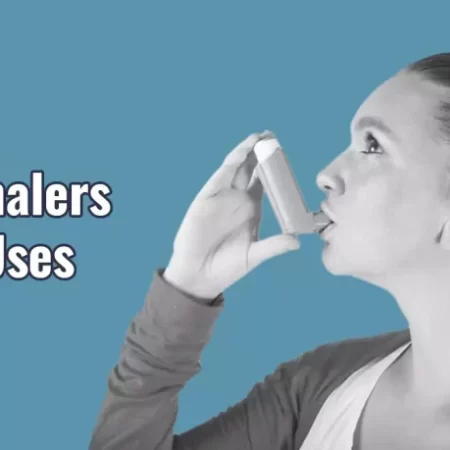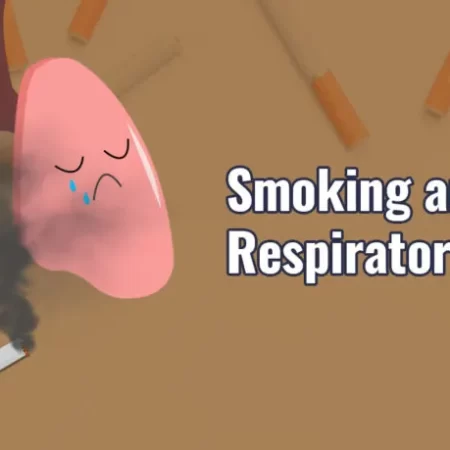
Childhood asthma is a common respiratory condition affecting millions of children worldwide. While asthma cannot be completely prevented, taking preventative steps can significantly reduce the risk of its onset and severity. Understanding and implementing prevention strategies is crucial in safeguarding the respiratory health of our little ones.
What Is Childhood Asthma?
Before entering into prevention strategies, it’s essential to understand the basics of childhood asthma. Asthma is a chronic condition characterized by inflammation and narrowing of the airways, leading to symptoms like wheezing, coughing, chest tightness, and shortness of breath. In children, asthma can be triggered by various factors, including allergens, respiratory infections, environmental pollutants, and genetic susceptibility.
Prevention Strategies:
1. Identifying Triggers:
Recognizing and avoiding causes is essential for asthma prevention. Common causes include dust mites, pet dander, pollen, smoke, and air pollution. Minimizing exposure to these causes can significantly reduce the chance of having an asthma attack.
2. Maintaining Indoor Air Quality:
Ensuring good indoor air quality is essential. Regularly vacuuming carpets, washing bedding in hot water, using air purifiers, and minimizing exposure to strong odors or smoke indoors can create a healthier environment for children with asthma or those at risk.
3. Encouraging Physical Activity:
Engaging in regular physical activity promotes overall health, including respiratory health. Encourage your child to participate in activities suitable for their condition, as exercise helps strengthen the lungs and may reduce the severity of asthma symptoms.
4. Balanced Diet:
A nutritious diet rich in fruits, vegetables, and omega-3 fatty acids may potentially lower the risk of developing asthma. Omega-3s, found in fish, flaxseed, and walnuts, possess anti-inflammatory properties that can benefit lung health.
5. Avoiding Secondhand Smoke:
Children who are at risk of asthma should especially avoid secondhand (Indirect) smoke exposure. Creating smoke-free environments at home and in cars is crucial in reducing the risk of asthma development.
6. Regular Medical Check-ups:
Routine check-ups with a healthcare provider can aid in the early detection and management of possible asthma symptoms or risk factors. Timely intervention can prevent the condition from worsening.
7. Educating Children:
Teaching children about asthma, its causes, and how to manage symptoms gives them to take charge of their health. This knowledge enables them to recognize warning signs and seek help when needed.
Preventing childhood asthma involves a comprehensive approach that includes lifestyle modifications, environmental changes, and education. While these strategies cannot guarantee complete prevention, they significantly reduce the chance of asthma development and promote better respiratory health for children.
By implementing these prevention strategies, parents and caregivers can take proactive steps toward safeguarding the respiratory well-being of their little ones, fostering a healthier and more comfortable environment for them to thrive.





